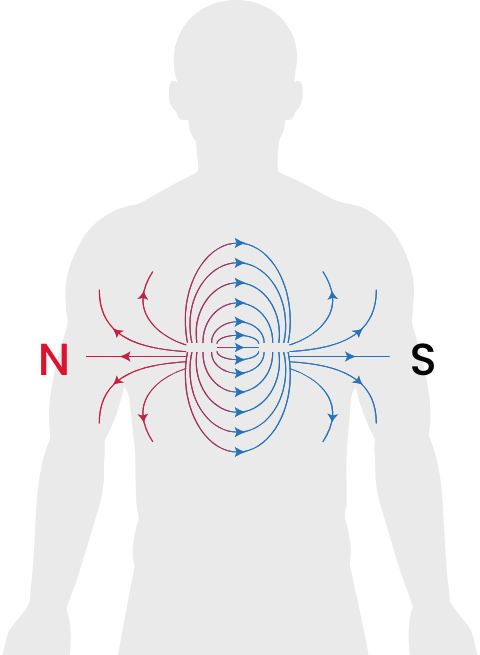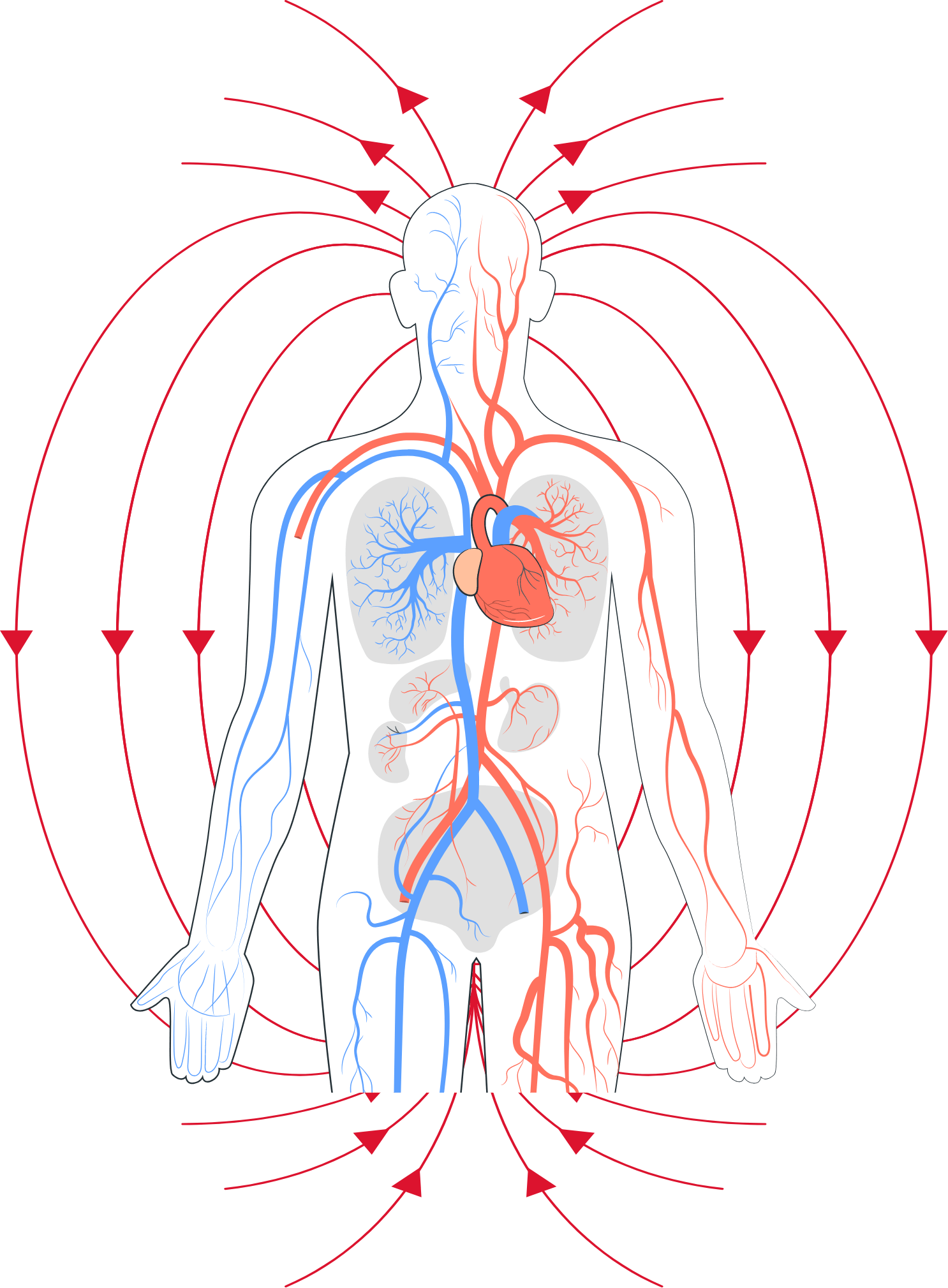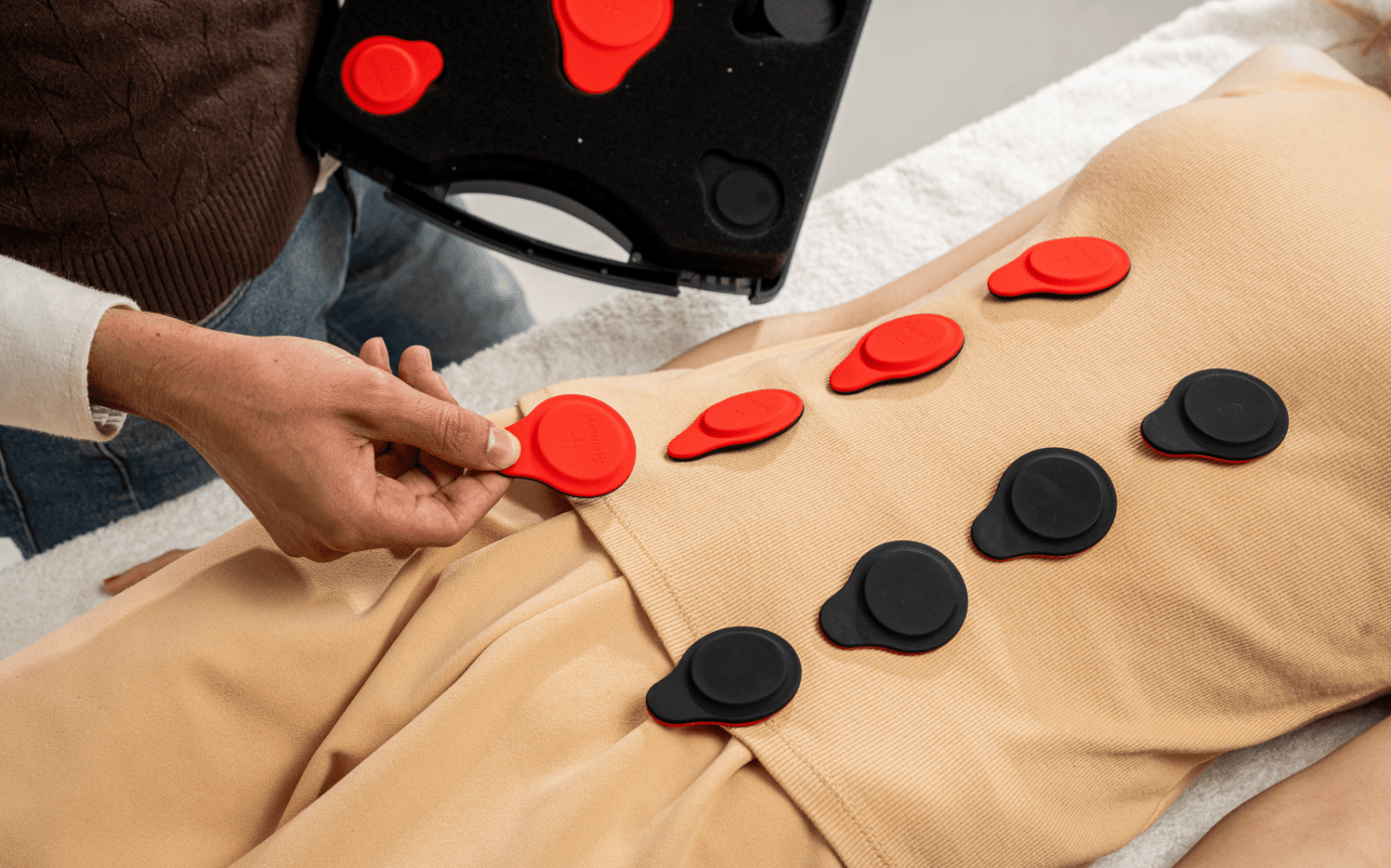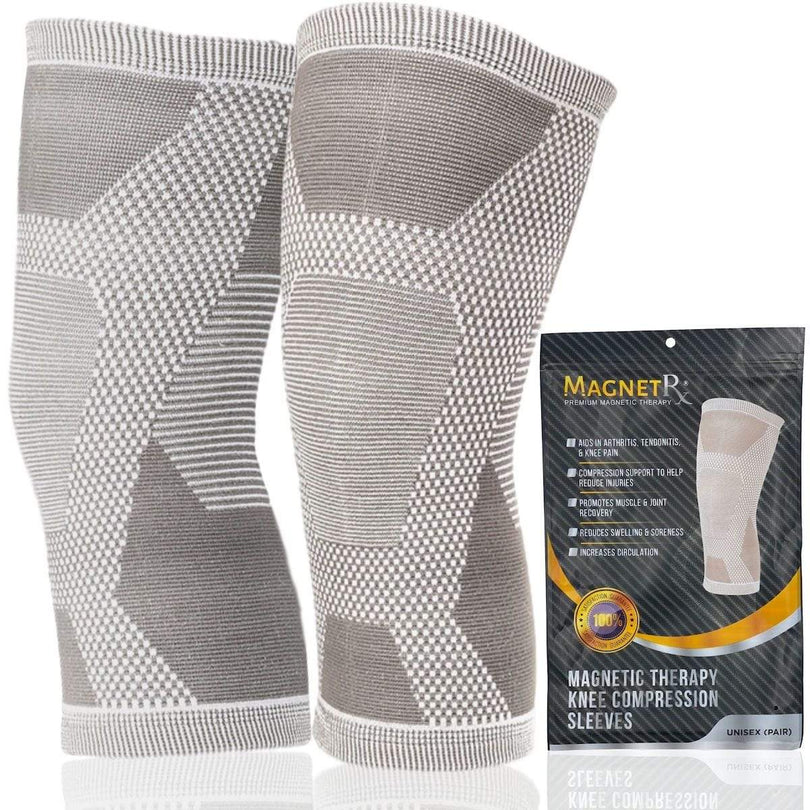
Biomagnetism is a powerful wellness practice that uses pairs of magnets with opposite polarities-north and south-strategically placed on body to help rebalance internal systems. Unlike magnetic therapy (which typically uses only one polarity), biomagnetism involves applying both polarities together to specfic areas for targeted therapeutic effect.
How Biomagnetism Works?
Your body maintains a delicate balance between acidity and alkalinity (pH) and between electrical charges that govern cellular function, immune response, and organ health. When this balance is disrupted, it can create an environment that allows pathogens or dysfunction to take hold.
Helps relax the body, balance metabolism levels, and promote deeper, more restful sleep.

Supports energy flow and pH harmony through targeted biomagnetic alignment.


May reduce pain by improving blood circulation, reducing nerve sensitivity, and soothing sore muscles and joints.

Helps alleviate joint stiffness and inflammation and provides relief from arthritis discomfort.
Biomagnetism therapy typically uses medium-intensity magnets ranging from 1,000 to 15,000 gauss, offering a non-invasive way to support systemic wellness. Practitioners often follow established point maps (like acupuncture or reflexology charts) correspond to key organs and systems.
Biomagnetism vs. Magnetic Therapy: What’s the Difference?
| Feature | Magnetic Therapy | Biomagnetism |
|---|---|---|
| Polarity Used | Primarily Negative (North) Pole | Positive (+) and Negative (–) Poles |
| Application | Spot therapy to local areas (e.g., joints, pain points, acupressure) using wraps, jewelry or patches | Applied in pairs to specific points to balance pH and energy |
| Use Case | Pain relief, inflammation, circulation | Systemic balance, organ function, immune support |
| Duration | Worn daily or long-term | Applied during specific sessions |
| Practitioner Needed? | No (DIY-friendly) | Often guided by trained professionals (or self-applied with knowledge) |
Biomagnetism at MagnetRX

Balance Wellness With the Power of Biomagnetic Therapy
Power full magnet pairs for professionals and home users, engineered for therapeutic efficiency

Simple, Effective, Grounded in Polarity
- Place pairs for optimal body energy alignment
- Use as guided by training or reference chart
- Designed for ease of positioning & repeat use
Disclaimer: Biomagnetism is a complementary wellness practice and is not intended to diagnose, treat, or cure any medical condition. Always consult your healthcare provider before beginning any new wellness regimen.
FAQ
While many people use biomagnetism under the guidance of a practitioner, self-care use is also possible if you follow proper maps and guidelines. We recommend learning from reputable resources before beginning at-home use.
They are placed in pairs—one north pole and one south pole—on specific areas of the body to support internal balance. Some placements correspond to organ systems or acupressure points.
This varies by protocol, but a common range is 15 to 30 minutes per pair, depending on the application and user sensitivity.
Biomagnetism uses static magnets in specific locations with dual polarity. PEMF (Pulsed Electromagnetic Field) uses electrically pulsed fields to affect cells and tissues systemically.
Yes, but only with proper education. If you're unsure, we recommend working with a trained biomagnetism practitioner.


















